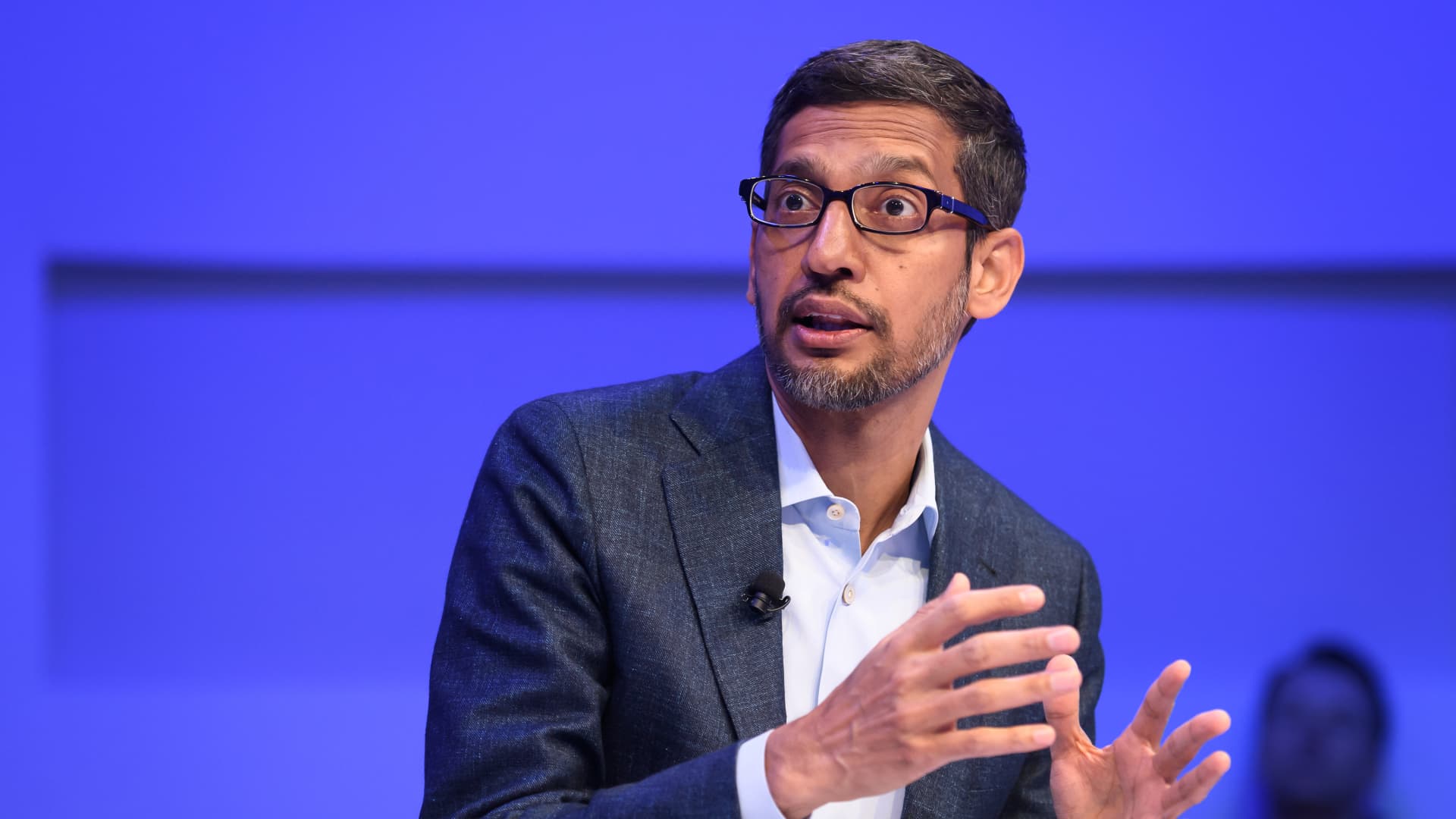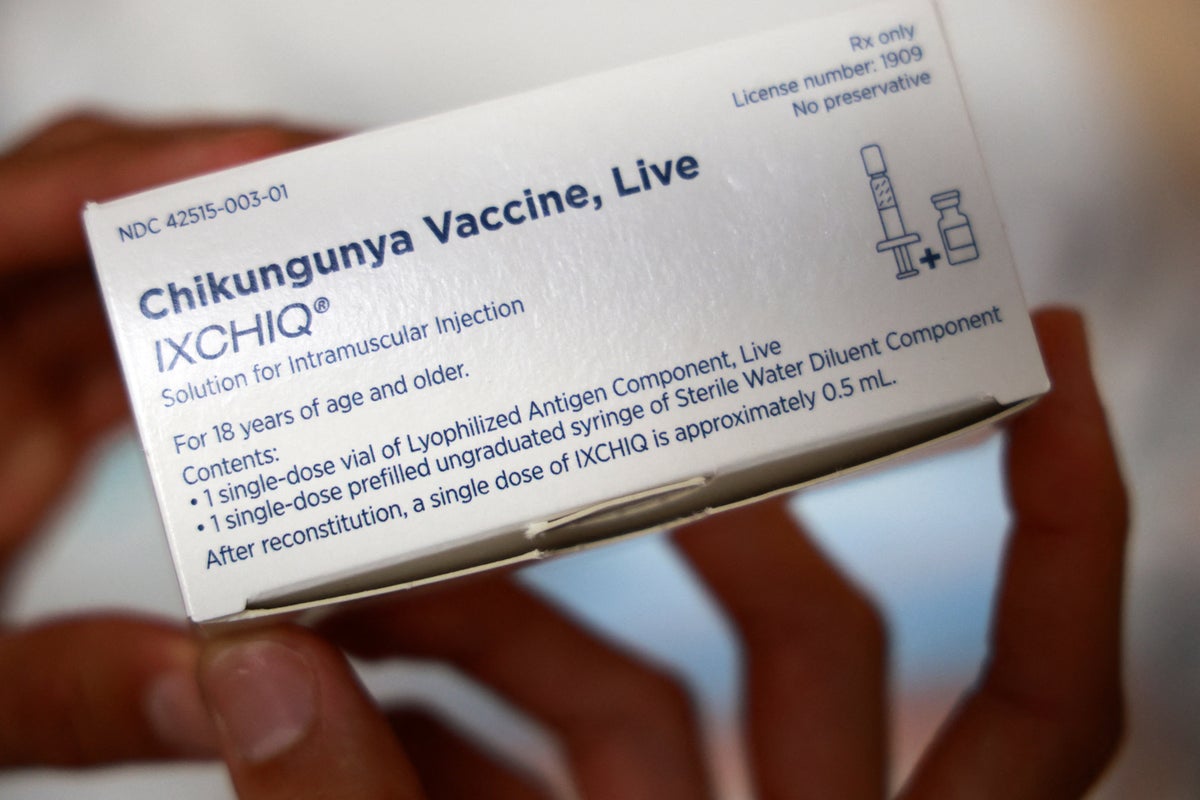DOJ v. Apple: everything you need to know
This is the DOJ’s third antitrust case against Apple in 14 years. | Illustration by Nick Barclay / The VergeIt’s all about Apple’s vise grip over the smartphone market and its locked-down ecosystem. Continue reading…
/cdn.vox-cdn.com/uploads/chorus_asset/file/23951262/VRG_Illo_N_Barclay_1_apple.jpg)
The US Department of Justice has filed a case against Apple for violating antitrust laws. More specifically, the case revolves around how Apple has used its locked-down ecosystem to build a monopoly on the iPhone.
The DOJ alleges that Apple blocks “super” apps, suppresses mobile cloud streaming services, blocks cross-platform messaging apps, limits third-party digital wallets, and even limits how well third-party smartwatches work on its platforms. This is also the third time that the DOJ has sued Apple for antitrust violations in the past 14 years.
This case is likely to have a widespread impact, and given how long the DOJ’s case against Microsoft in the ’90s lasted, it could be a while before we see a resolution.
All the news and updates about the DOJ v. Apple case continue below.
UNITED STATES SUES APPLE
Cath Virginia / The Verge | Photo by Getty Images
The US Department of Justice accused Apple of operating an illegal monopoly in the smartphone market in an expansive new antitrust lawsuit that seeks to upend many of the ways Apple locks down its phone.
The DOJ, along with 16 state and district attorneys general, accuses Apple of driving up prices for consumers and developers at the expense of making users more reliant on its phones. The parties allege that Apple “selectively” imposes contractual restrictions on developers and withholds critical ways of accessing the phone as a way to prevent competition from arising, according to a release.
The DOJ is expected to announce an antitrust lawsuit against Apple, and a livestream is scheduled for 11AM ET.
The Department of Justice’s website doesn’t say which company this antitrust announcement livestreaming will be about, but there are signs that point to Apple.
We’ll have all the updates for you right here as soon as they’re available. (Update: And as of 10:30AM ET, now they are — the stream is still scheduled for 11AM.)
Image: DOJ
The US Justice Department’s Apple antitrust lawsuit may be imminent.
The New York Times reported in January that the DOJ was nearing the end of an investigation into Apple’s locked-down ecosystem. Now, Bloomberg, citing anonymous sources, says the agency is preparing for the next step:
The Justice Department is poised to sue Apple Inc. as soon as Thursday, accusing the world’s second most valuable tech company of violating antitrust laws by blocking rivals from accessing hardware and software features of its iPhone.
US lawmakers push DOJ to investigate Apple following Beeper shutdowns
Image: Beeper
Following a tumultuous few weeks for Beeper, which has been trying to provide an iMessage-compatible Android app, a group of US lawmakers are pushing for the DOJ to investigate Apple for “potentially anticompetitive conduct” over its attempts to disable Beeper’s services. Senators Amy Klobuchar (D-MN) and Mike Lee (R-UT), as well as Representatives Jerry Nadler (D-NY) and Ken Buck (R-CO), said in a letter to the DOJ that Beeper’s Android messaging app, Beeper Mini, was a threat to Apple’s leverage by “creating [a] more competitive mobile applications market, which in turn [creates] a more competitive mobile device market.”
In an interview with CBS News on Monday, Beeper CEO Eric Migicovsky and 16-year-old developer James Gill talked about the fight to keep Beeper Mini alive. Migicovsky told CBS News that Beeper is trying to provide a service people want and reiterated his belief that Apple has a monopoly over its iMessage service. The company created Beeper Mini after being contacted by Gill, who said he reverse-engineered the software by “poking at it” using a “real Mac and a real iPhone.”

 Kass
Kass 































